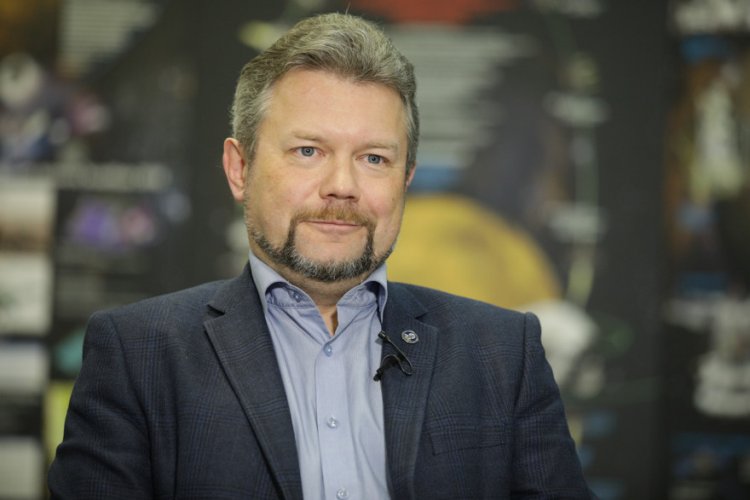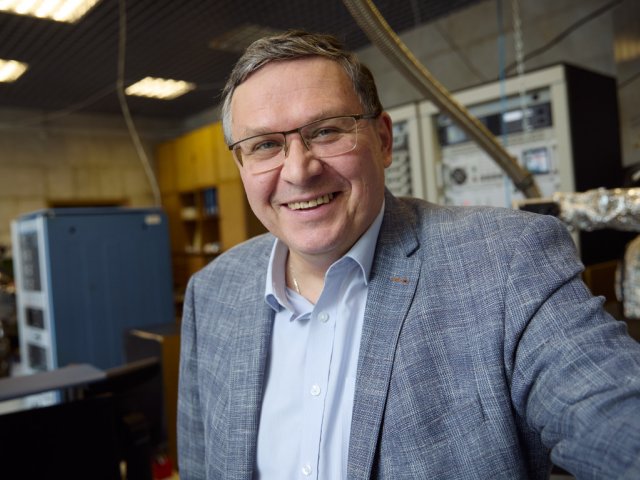Spectr-RG (also referred to as Spektr-Rentgen-Gamma, SRG) is a major project under the Federal Space Program of Russia, with German participation. The goal of the orbital astrophysical observatory is to build a complete map of the Universe in the X-ray band. Aleksandr Anatolyevich Lutovinov, Doctor of Physico-Mathematical Sciences, RAS Professor, Deputy Director of the Space Research Institute (IKI) and the supervisor of M. N. Pavlinsky ART-XC Telescope, spoke of the success of Spektr-RG observatory.
“Today, the Spectrum-Roentgen-Gamma observatory has worked successfully in space for two years. We are delighted that the observatory is doing fine and that both telescopes are in an excellent condition.
A lot of things have happened over this time: the exciting launch, the no-less exciting moments when the telescope caps were removed, and their first light, and the busy months of calibration work and, finally, the moment we were first able to see the entire sky in December 2019. Now, there is routine daily work: we receive and process data. The main objective of the mission is to build the most detailed X-ray maps of the whole sky. We have been able to inspect the entire sky three times. The data are accumulating; we are starting active work to process them; the first articles are being published.
Today, in time for the 2nd anniversary of the launch, a set of articles has been released covering the first results of the first Russian ART-XC telescope named after M. N. Pavlinsky. We have conducted a detailed analysis of the first two viewings of the whole sky, which took place between December 2019 and December 2020. We have processed all the data received and produced the first detailed sky map in hard X-rays. The catalog includes over 870 sources of hard X-rays, including dozens of new sources discovered by the ART-XC telescope for the first time. It is important to note that instruments of the previous generation have produced catalogs of this size for decades. We have better sensitivity, better angular resolution. Our map is uniquely sharp. As data accumulate, sensitivity will increase, which will increase the number of objects detected by the ART-XC telescope. I think we are going to get thousands of sources by the end of the viewing, which will make the most accurate hard X-ray map.
The ART-XC telescope views around 1% percent of the sky per day. If new or variable sources appear in the section of the sky, the improved sensitivity will allow us to see them before the whole-sky monitors detect them. And that means that we’ll be able to inform the world of the locations of any new and interesting things appearing in the sky, so they know where to aim other telescopes. Therefore, data from the ART-XC telescope and from the observatory in general also serve as a clue for other instruments. The abovementioned set of articles includes some on investigations of new objects discovered by the ART-XC telescope.
Essentially, we are very busy. We're approaching the second anniversary of the Spektr-RG observatory with our heads held high,” said Aleksandr Lutovinov.
Photo from the archive of Scientific Russia.






















